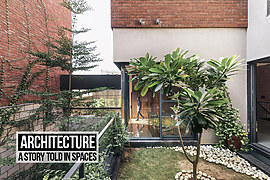The nature of architecture is such that whatever you design today will always be for the future. No denying! The future has always lied in the creation of the present. Consequently, what does the hereafter rely on that the present-day implies? What, more crucially, are the current rising phenomena that have formed a potential for dominance? How will it make lives easier? Will it be an evolved mindset or cutting-edge technology?
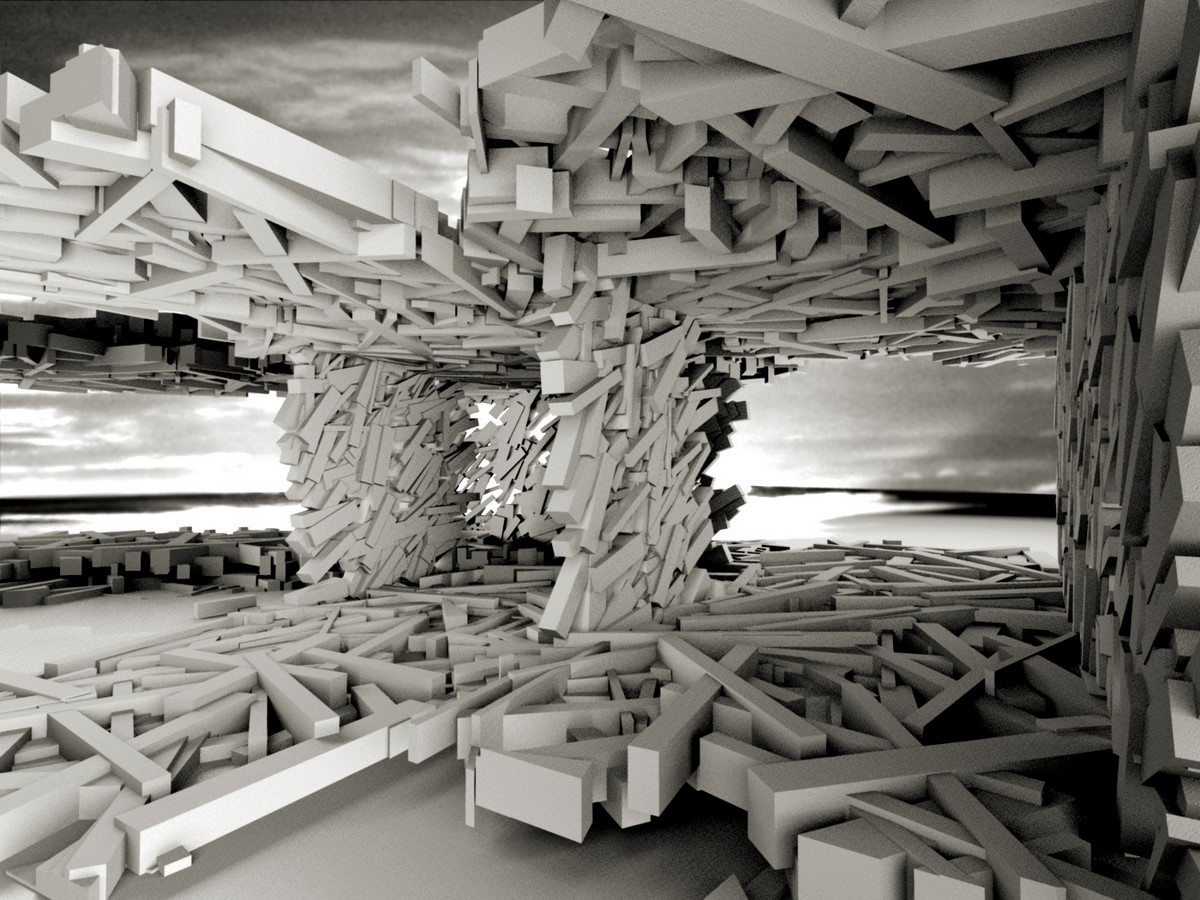
The answer is both. The validity of the statement lies in the AI (Artificial Intelligence) technology developed today. Artificial intelligence has helped reimagine multiple solutions to a single challenge via its many branches. Generative Design is one of these short and mid.
However, what is Generative Design?
The opportunity to consider an expansive solution of spaces is one of the key aims of generative architecture, which incorporates a range of techniques designed to assist architectural planners by using technological capabilities to deliver feasible alternatives. Imagine being able to tell a programme what you want to do or what challenge you are trying to solve instead of creating a drawing or CAD layout based on what you already know or thoughts that are in your mind.
Consider the following scenario: you want to build a chair. You should tell the machine the amount of weight you want the chair to carry, its material and the amount it would cost instead of drawing two or three choices (maybe ten, if you are very innovative). The software will then generate hundreds, if not thousands, of realistic and conveniently manufactured design choices that all match your specifications and are likely options you would not have thought of yourself. That is the influence of generative design.
Generative design is software that works with designers to test a plethora of new options leveraging cloud computing and deep learning. It broadens the universe of viable design options available to the engineer or builder. Many of the innovations that pose as generative design, such as topology optimization, lattice optimization, parametric, and related techniques, are based on optimising an existing design rather than developing new design possibilities, as the generative design does.
With the introduction of tools such as Generative Design in Autodesk Revit, “architecture industry professionals can utilise the algorithmic problem-solving technology to explore design alternatives, identify improved outcomes and make data-informed decisions faster than ever before”, Vermeulen says.

A new project in Toronto’s MaRS Innovation District used generative design to produce a floor plan for an office space that would have been impossible for humans to create out of their own. Employee needs, expectations, as well as preferences for each person’s work environment, were factored in using generative design. Employees were asked questions like, “Are you a heads-down employee or an interactive employee?” to seek information regarding the way they practice in a certain environment and their behaviour regarding the same. It also identified the units that should be located next to each other to optimize office collaboration.
The generative design software produced 10,000 options after all the necessary data was gathered. The variations were then analyzed by human designers, who made trade-offs in a way that only humans can. Staff admired the end product of this human-computer partnership, which neither human nor machine could have achieved on their own.
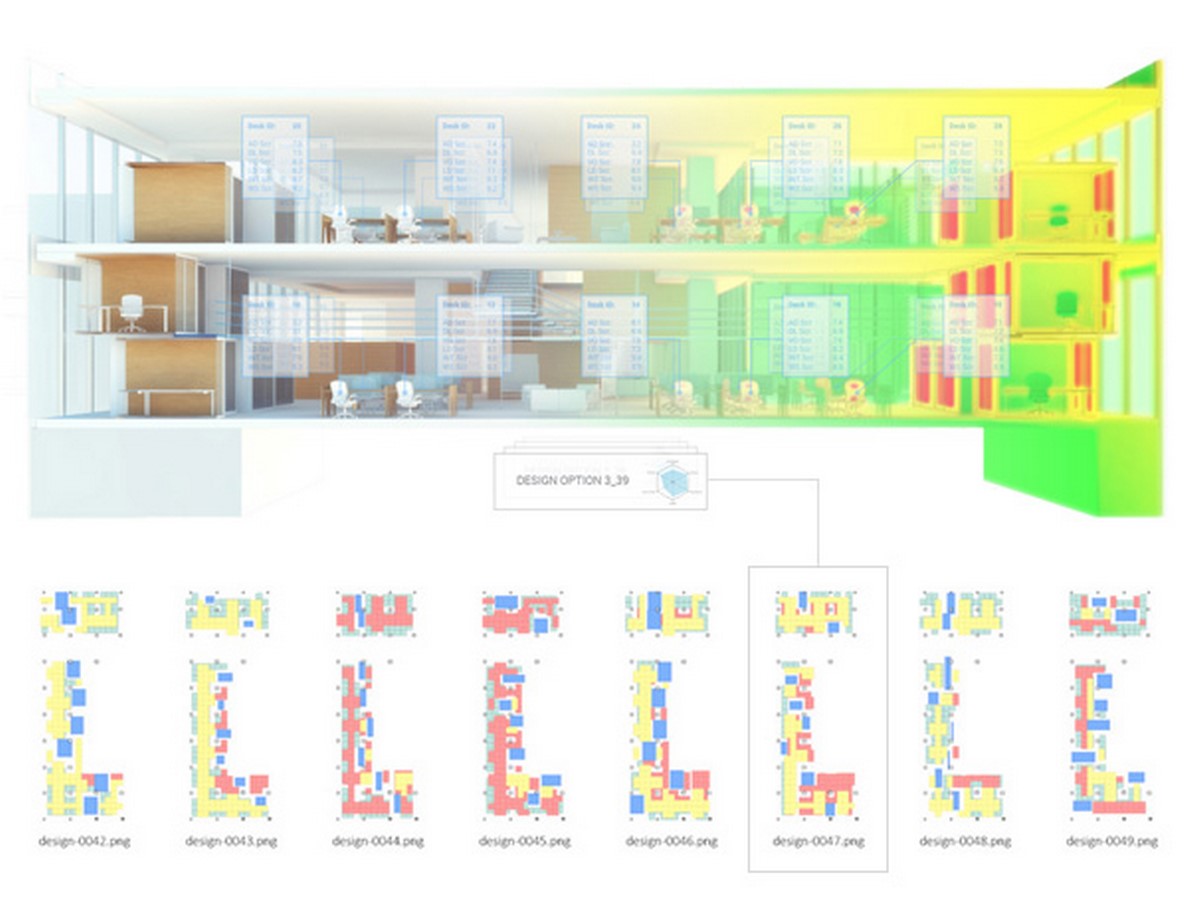
The Autodesk corporation demonstrated the ramifications of generative modelling coupled with advances in additive manufacturing, which yielded unfathomable effects. Water and gas could be transmitted via man-made “veins” implanted in walls, obviating the need for pipework. Solar data could be used to produce transformable windows that permit light to penetrate interiors at precisely the right periods of the day for the needs of residents, thereby mitigating the need for louvres and blinds.
Instead of modelling building envelopes with several layers for heating, cooling, passive solar gain, and other criteria, these prerequisites could be addressed by a single, complex “skin” that imitates biological organisms. Metal and carbon fibre elements’ internal framework can be configured like animal skeletons, making for far more column-free areas, wafer-thin staircases, as well as the most spectacular cantilevers so far.
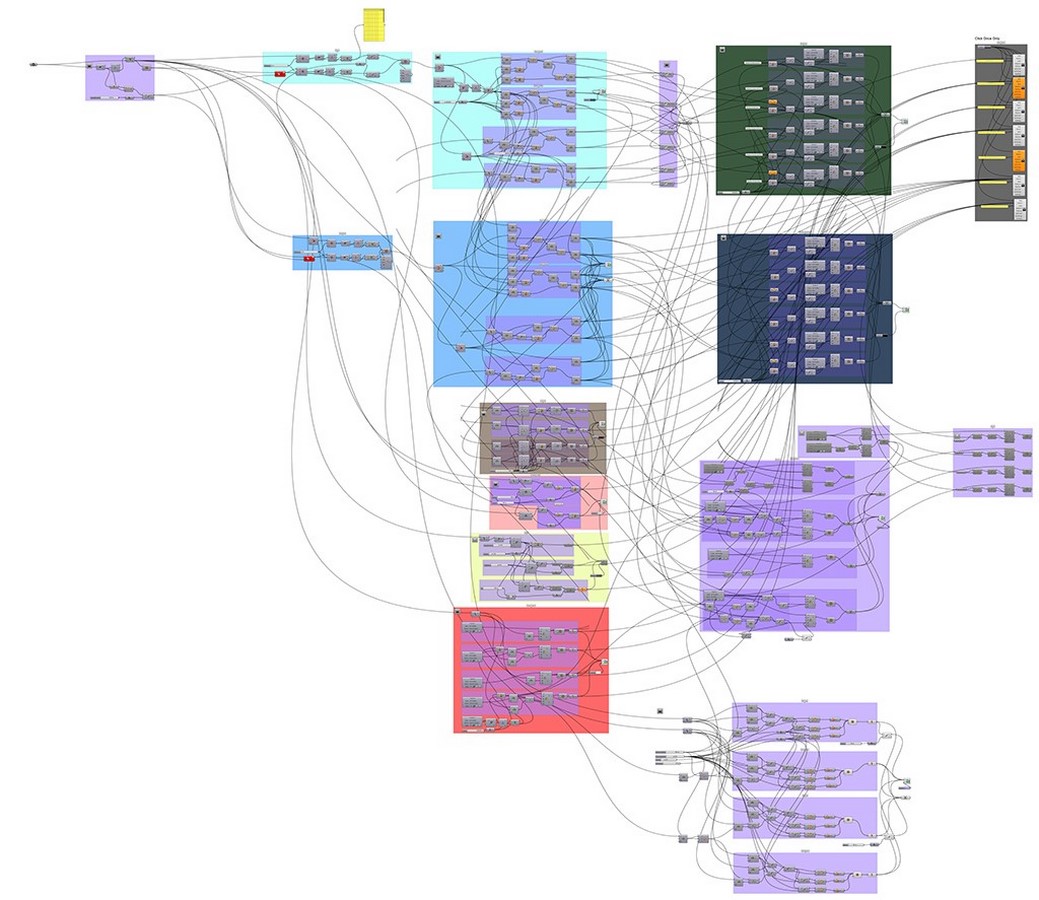
That concept formation, or what we used to call “brainstorming,” by a system at scale is more accessible and thorough than what a person might do with the same amount of time and resources. This is notably true in the field of architecture, where specifications are often nuanced, lengthy, and conflicting. The system isn’t popping up with anything of its own; rather, it’s being configured to generate all of these variations that humans aren’t very skilled at, but computers are.
The capability to rate and organize them, as well as navigate through them, based on the various metrics that have been included, can often generate unforeseen and marvellous results. What’s required is skills in computational design. The domain of generative architecture and its use in the architectural sense has shown promise and has the potential to become a staple in the toolkit of future designers.
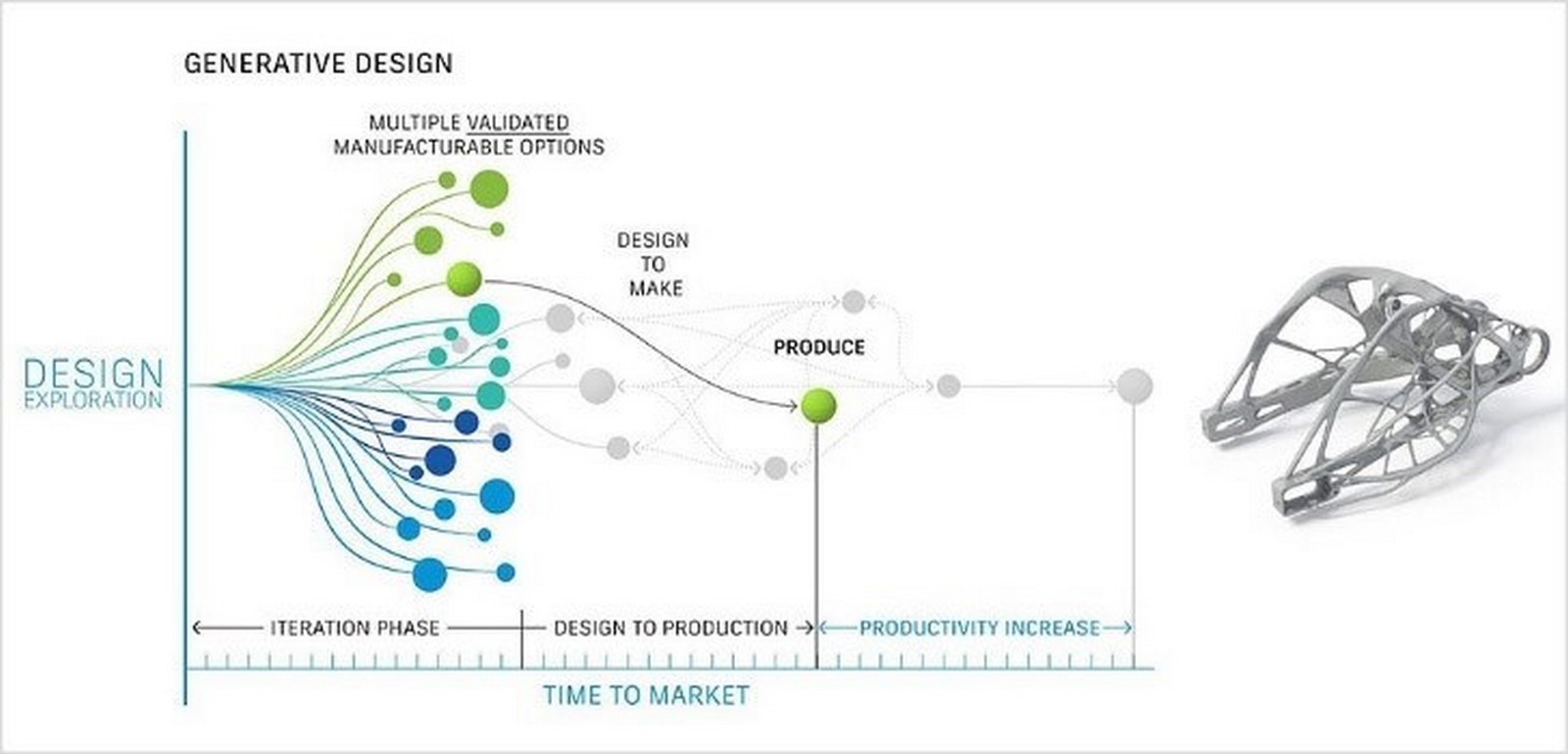
While generative design tools have been around for some time, just 46% of design firms are aware of the technology, and only 37% of the aware firms are using it, according to Autodesk. AI is indeed helping businesses in a vast spectrum of companies enhance productivity by up to 40% and save time by up to 70%, according to global technology services firm Accenture. The impact of generative design on the architectural design phase is anticipated to be equivalent. Finch, a newly released platform for generative architecture, aims to ‘democratise’ its use by providing a tool that is user-friendly for all architects.
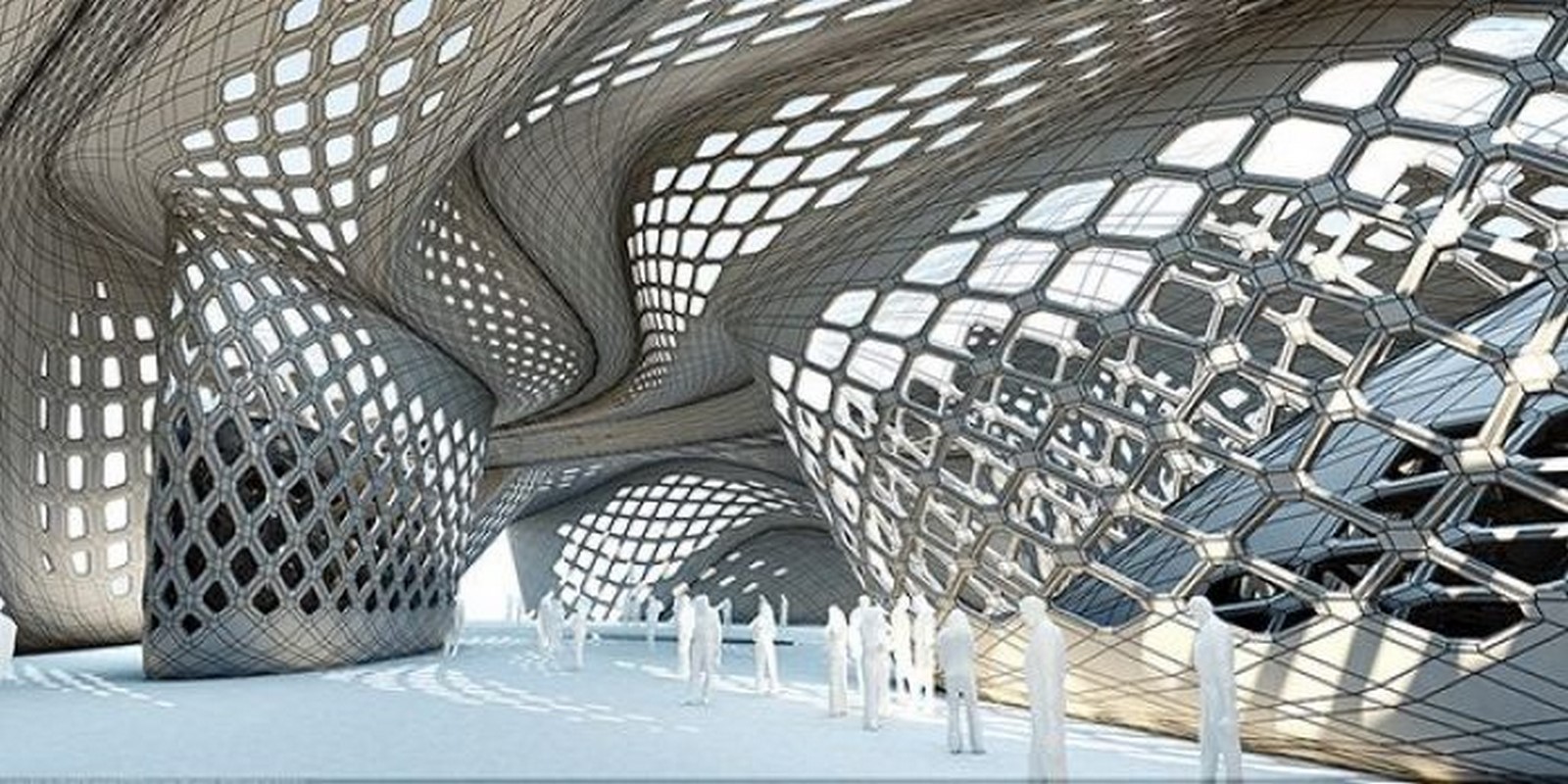
Generative design software will significantly minimise the amount of time spent researching and redesigning. The technology can be used for more than just modelling because of this versatility. It is seen in some of the most essential fields of manufacturing and architecture. For the excellent purpose, generative design appears to be on the verge of becoming a standard technique in engineering, manufacturing, and, of course, architecture. Computer programming will become a requisite skill for architects in the future.
To cope up with this untoward future, architects will have to learn to interact with the system sustaining its parameters. Consequently, we need to be capable of addressing a design challenge to the computer heeding its language if we want to use the computer’s potential to assist us in solving it. The future comes down to this human-machine interdependence.
References:
- Autodesk.net (n.d.). Demystifying Generative Design. [online] . Available at: https://damassets.autodesk.net/content/dam/autodesk/www/solutions/generative-design/autodesk-aec-generative-design-ebook.pdf [Accessed 14 May 2021].
- English, T. (2020). How Generative Design is Transforming Infrastructure and Design. [online] interestingengineering.com. Available at: https://interestingengineering.com/how-generative-design-is-transforming-infrastructure-and-design [Accessed 17 May 2021].
- Follett, J. (2020). AI, Architecture, and Generative Design. [online] Medium. Available at: https://towardsdatascience.com/ai-architecture-and-generative-design-e22320828d46 [Accessed 16 May 2021].
- Singh, V.; N. Towards an integrated generative design framework. Des. Stud. 2012, 33, 185-207
- Wikipedia (2021). Generative design. [online] Wikipedia. Available at: https://en.wikipedia.org/wiki/Generative_design#:~:text=Generative%20design%20in%20architecture [Accessed 16 May 2021].














